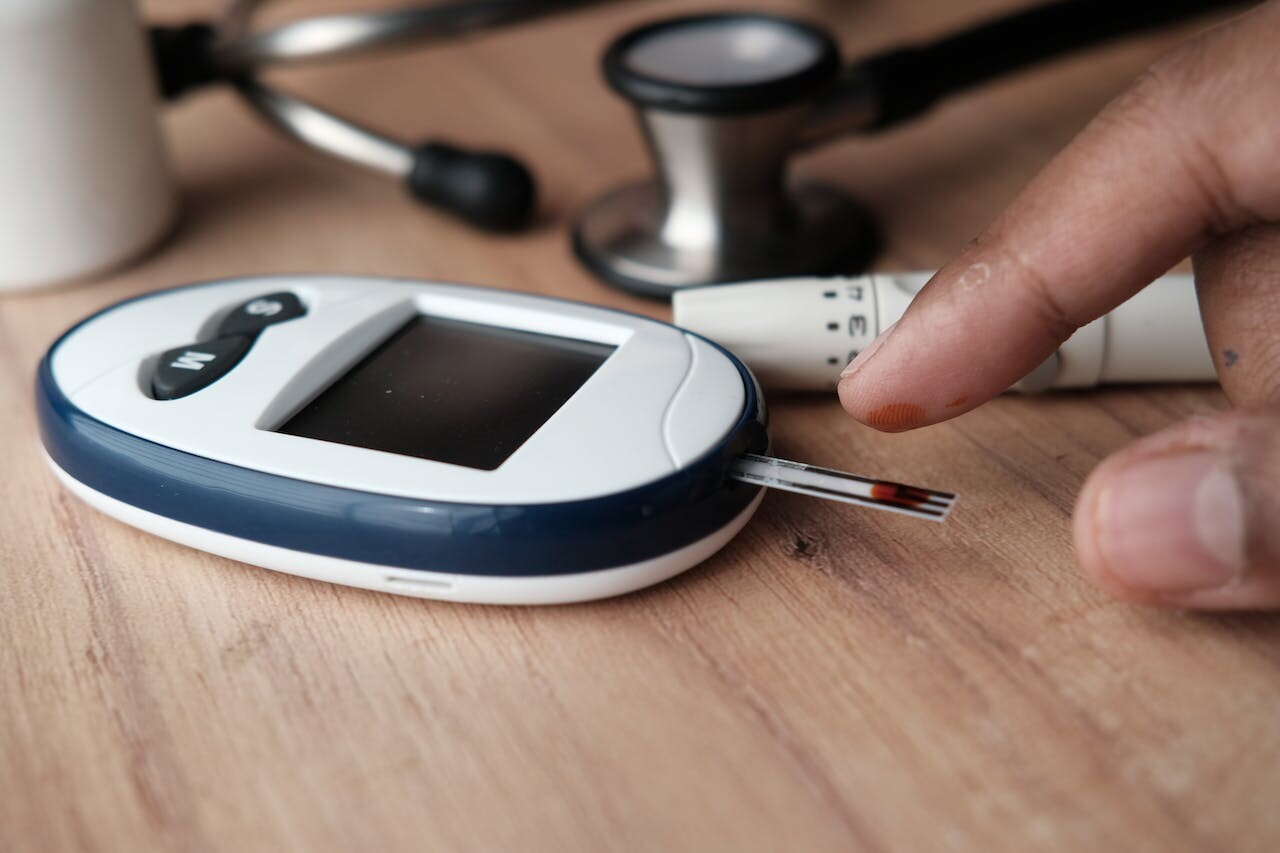Mobile Menu
- Education
- Research
-
Students
- High School Outreach
- Undergraduate & Beyond: Community of Support
- Current Students
- Faculty & Staff
- Alumni
- News & Events
- Giving
- About

Researchers at Sinai Health and the University of Toronto have unearthed vital information about the relationship between insulin levels after eating and long-term heart and metabolic health. The research upends the notion that insulin surge following food intake is a bad thing.
On the contrary — it could be an indicator of good health to come.
Led by Ravi Retnakaran, clinician-scientist at the Lunenfeld-Tanenbaum Research Institute, part of Sinai Health, the study set out to explore how insulin levels after meals impact cardiometabolic health. While past research has yielded conflicting results, suggesting both harmful and beneficial effects, this new study aimed to provide a clearer picture over an extended period of time.
The team reported their findings in the online journal eClinicalMedicine, published by the Lancet group.
Normally, insulin levels rise after eating to help manage blood sugar. However, the concern is whether a rapid increase in insulin after a meal could spell bad health. Some believe the insulin surge, especially after eating carbohydrates, promotes weight gain and contributes to insulin resistance. This occurs when the body's cells don't respond well to insulin, making it harder to control blood sugar levels and increasing the risk of type 2 diabetes.
“The suggestion has been made by some people that those insulin peaks have deleterious effects by promoting weight gain,” said Retnakaran, who is also a professor in the department of medicine, the Institute of Medical Science and the Banting & Best Diabetes Centre at U of T’s Temerty Faculty of Medicine.
“Sometimes I see patients in the clinic who have adopted this notion, maybe from the internet or what they're reading, that they can't have their insulin level go too high,” he said.
“The science is just not conclusive enough to support this notion. Most studies on this topic were either conducted over a short period of time or were based on insulin measurements in isolation that are inadequate and can be misleading”, said Retnakaran.
His team sought to address this problem by looking at cardiometabolic implications of insulin response over the long term, and in a way that accounts for baseline blood sugar levels. The latter point is key because each person has an individual insulin response that varies depending on how much sugar is in the blood.
The study followed new mothers because the insulin resistance that occurs during pregnancy makes it possible to determine their future risk of type 2 diabetes. Over 300 participants were recruited during pregnancy, between 2003 and 2014, and underwent comprehensive cardiometabolic testing — including glucose challenge tests at one, three and five years after giving birth. The glucose challenge test measures glucose and insulin levels at varying time points after a person has had a sugary drink containing 75 grams of glucose and following a period of fasting.
While commonly used in medical practice, the interpretation of insulin levels from the test can be misleading if one does not account for baseline blood sugar. “It’s not just about insulin levels; it’s about understanding them in relation to glucose,” Retnakaran said, pointing out that this is where many past interpretations fell short. A better measurement is the corrected insulin response (CIR) that accounts for baseline blood glucose levels, and which is slowly gaining prominence in the field, he said.
The study revealed some surprising trends. As the corrected insulin response increased, there was a noticeable worsening in waist circumference, HDL (good cholesterol) levels, inflammation, and insulin resistance, if one did not consider accompanying factors. However, these seemingly negative trends were accompanied by better beta-cell function. Beta cells produce insulin, and their ability to do so is closely associated with diabetes risk — the better the beta cell function, the lower the risk.
“Our findings do not support the carbohydrate-insulin model of obesity,” said Retnakaran. “We observed that a robust post-challenge insulin secretory response — once adjusted for glucose levels — is only associated with the beneficial metabolic effects.”
“Not only does a robust post-challenge insulin secretory response not indicate adverse cardiometabolic health, but rather it predicts favorable metabolic function in the years to come.”
In the long run, higher corrected insulin response levels were linked with better beta-cell function and lower glucose levels, without correlating with BMI, waist size, lipids, inflammation, or insulin sensitivity or resistance. Most importantly, women who had the highest CIR had a significantly reduced risk of developing pre-diabetes or diabetes in the future.
“This research challenges the notion that high post-meal insulin levels are inherently bad and is an important step forward in our understanding of the complex roles insulin plays in regulation of metabolism,” said Anne-Claude Gingras, director of LTRI and vice-president of research at Sinai Health, who is also a professor of molecular genetics at Temerty Medicine.
Retnakaran hopes their findings will reshape how medical professionals and the public view insulin's role in metabolism and weight management.
“There are practitioners who subscribe to this notion of higher insulin levels being a bad thing, and sometimes are making recommendations to patients to limit their insulin fluctuations after the meal. But it’s not that simple,” he said.
The research was supported by grants from the Canadian Institutes of Health Research.

